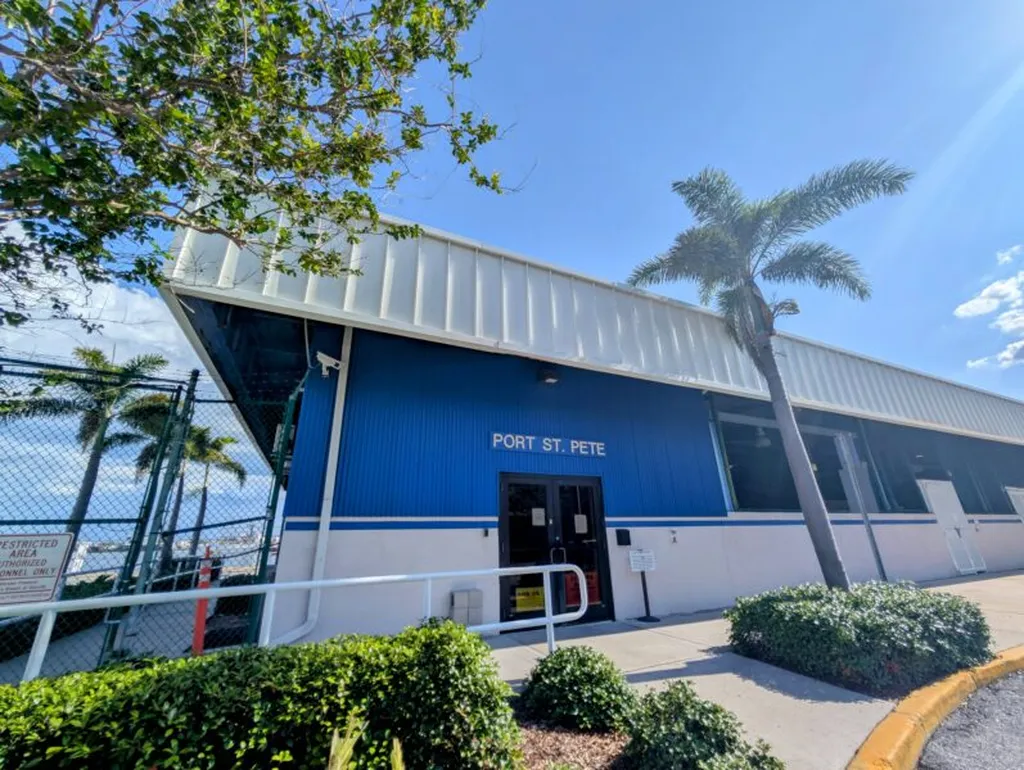St. Petersburg is betting big on its maritime and defense tech future, with plans to double down on the success of its fledgling Maritime and Defense Technology Hub. The city’s leaders are eyeing a bold expansion—dubbed Hub 2.0—that could cement St. Pete’s status as a hotspot for innovation in coastal resilience, autonomous systems, and maritime security.
The Hub, which opened in 2022, has already proven its worth. Companies like Saildrone, which deploys autonomous drones to monitor Florida’s coastal waters, and Pole Star Defense, which uses AI-driven maritime intelligence to track threats, have made it their home. Now, civic leaders want to build on that momentum by transforming an adjacent parking lot into a 52,000-square-foot research and collaboration center. The goal? To attract more startups, academic institutions, and government partners to tackle pressing challenges like storm preparedness and coastal resilience.
But this isn’t just about adding square footage. Hub 2.0 is designed to foster collaboration in every sense of the word. Think rooftop lounges, café-style lobbies, and open-air courtyards—all meant to break down silos and spark ideas. The ground floor will feature flexible labs and modular workspaces, while terraces and glazed façades will open up to the bay, blending work and waterfront living. It’s a blueprint for how innovation hubs should function in the 21st century: open, adaptable, and deeply connected to their surroundings.
Yet, the path forward isn’t without hurdles. The Port of St. Petersburg’s master plan, still in draft form, doesn’t currently endorse the expansion. City officials have stressed that more analysis and public input are needed before any final decisions are made. Funding is another question mark, though preliminary discussions point to a mix of grants, public-private partnerships, and local incentives.
The next major milestone comes on November 6th, when the St. Pete City Council will vote on whether to initiate discussions about placing a referendum on the 2026 ballot. If approved, voters will decide whether to extend the lease on the city-owned waterfront property, a necessary step to greenlight construction.
Jason Mathis, CEO of the St. Petersburg Downtown Partnership, is optimistic. “Hub 2.0 would be the best use for this site,” he told St. Pete Rising. “Redeveloping it into high-end condos or market-rate apartments wouldn’t be the right move. I think people will be supportive of having a research center focused on coastal resilience that could ensure our coastal communities are better and more well-prepared for the future.”
Mathis has a point. In an era of rising sea levels and increasingly severe storms, the need for coastal resilience research is only growing. A dedicated hub could position St. Pete as a leader in developing solutions that protect not just Florida, but coastal communities worldwide.
Of course, parking is always a sticky issue in waterfront developments. The expansion would replace an existing surface lot, but planners are exploring alternatives, including using nearby airport property or building a parking structure elsewhere. Whether those solutions will satisfy residents and businesses remains to be seen.
Still, the vision is clear: Hub 2.0 isn’t just about bricks and mortar. It’s about building a community of innovators—one that bridges the gap between academia, industry, and government to tackle some of the biggest challenges facing our oceans and coastlines. If executed well, it could become a model for how cities leverage their waterfront assets to drive innovation and economic growth.
For now, the ball is in the City Council’s court. But if the past is any indication, St. Pete isn’t one to shy away from bold bets on the future.

